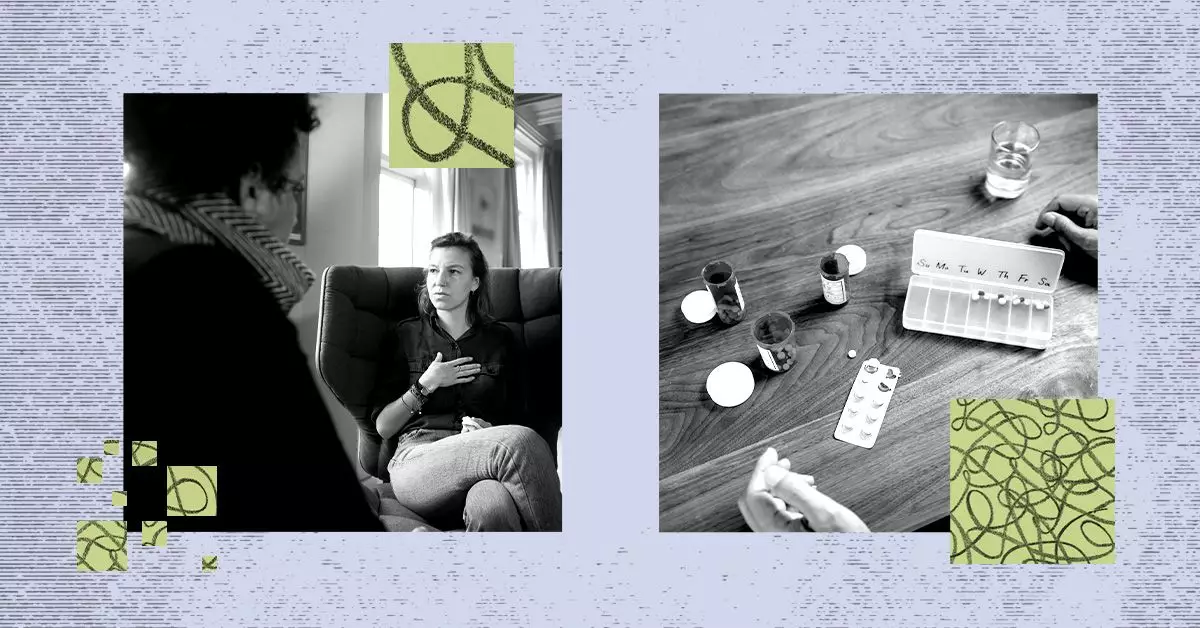Depression represents one of the most pervasive mental health challenges facing individuals and societies today. Its impact extends beyond mere emotional pain, infiltrating physical wellbeing and overall quality of life. As understanding of the condition has evolved, so too have the treatment methodologies available to those afflicted. This article presents a thorough examination of various depression treatments, including psychotherapy, medications, lifestyle modifications, and innovative therapies, showcasing the multifaceted approach necessary for effective management.
Depression is not merely a fleeting sense of sadness; it encompasses a complex array of symptoms that can severely hinder daily activities. Characterized by a persistent low mood, it often leads to a marked loss of interest in previously enjoyable activities and can evoke feelings of hopelessness. Moreover, physical manifestations such as fatigue, variations in sleep patterns, and changes in appetite frequently accompany the emotional turmoil. The diagnosis of depression is not monolithic; rather it includes several subtypes, including but not limited to major depressive disorder, persistent depressive disorder, and seasonal affective disorder (SAD). This variety underscores the necessity for personalized treatment approaches.
One of the primary modalities utilized in treating depression is psychotherapy, commonly referred to as talk therapy. There are numerous types of psychotherapeutic approaches that can be considered based on individual needs. Cognitive Behavioral Therapy (CBT) has garnered significant attention for its focus on altering negative thought patterns and behaviors that contribute to depression. This structured approach empowers patients by equipping them with tools to reframe their thoughts and cultivate healthier behavioral patterns.
On the other hand, Interpersonal Therapy (IPT) concentrates on improving communication skills and bolstering relationships, facilitating a supportive environment that plays a critical role in recovery. For some, psychodynamic therapy may be a beneficial option. This method delves into the underlying emotional conflicts that may be rooted in the unconscious mind, aiming to unveil and confront these deep-seated issues to alleviate depressive symptoms over time.
While psychotherapy serves as a cornerstone in depression treatment, pharmacological interventions are also prevalent. Antidepressants are frequently prescribed to modify brain chemistry associated with mood regulation. Various classes of antidepressants exist, each with their distinct mechanisms. For instance, Selective Serotonin Reuptake Inhibitors (SSRIs) are widely used due to their favorable side effect profiles compared to older classes like Tricyclic Antidepressants (TCAs) and Monoamine Oxidase Inhibitors (MAOIs).
Antidepressant medications may introduce side effects and demand careful monitoring through regular consultations with healthcare providers. The decision-making process surrounding which medication to initiate can be complex, warranting thorough discussions about potential risks and expected benefits.
Beyond conventional psychotherapy and medication, the treatment landscape for depression has expanded to include novel therapies. Brain stimulation therapies, including Electroconvulsive Therapy (ECT) and Transcranial Magnetic Stimulation (TMS), have shown efficacy for treatment-resistant depression. Such interventions target neural pathways directly, offering relief when other treatments have failed.
Light therapy has emerged as a particularly useful option for those suffering from SAD, leveraging exposure to artificial sunlight during seasons with limited natural light. Additionally, holistic measures such as mindfulness practices, yoga, and relaxation techniques can complement traditional treatments, promoting overall wellbeing and coping strategies.
One of the most critical takeaways in the treatment of depression is the understanding that a single approach is seldom universally effective. Each individual’s experience with depression is unique, necessitating a tailored strategy that might include a combination of psychotherapy, medications, and lifestyle changes. Open communication with healthcare providers about responsiveness to treatments is vital, particularly if one finds their current regimen inadequate or fraught with adverse side effects.
Successfully navigating the multifaceted treatments for depression requires a collaborative relationship between patients and healthcare professionals. By fostering an understanding of the variety of available options, individuals struggling with depression can empower themselves on the path toward recovery and improved mental health.

